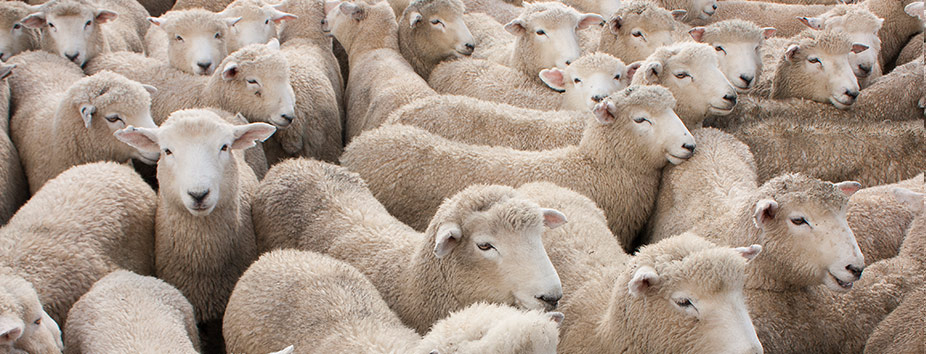Smart agriculture

Australian agriculture's ability to adopt new technologies will be key to tackling other transformational issues in the future.

Australian agriculture's ability to adopt new technologies will be key to tackling other transformational issues in the future.
Words: Matthew Cawood
Change is the only certainty in agriculture; the challenge is in knowing how to plan for it. The final theme from the Blueprint for Australian Agriculture developed by the National Farmers' Federation (NFF) states that any sector aiming to deal successfully with change, expected or unforeseen, has to be prepared to respond swiftly and proactively to new influences.
The unforeseen is exactly that; it can't be planned for. What is possible, as the Blueprint notes in its consideration of transformational issues, is to set agriculture firmly within a platform of flexibility and innovation.
Market and environmental pressures have always pushed agricultural development along, says Hollie Baillieu, Chair of NFF's Innovation Committee, but as costs continue to rise and returns plateau, the imperatives for change grow stronger.
"We have to see how we can do things smarter," says Baillieu.
Today, most technological development is tied to the internet, which is increasingly being accessed through smart phones.
"Networked digital technologies are now the way we connect. Farmers have become huge users of online marketing tools. Their smart phones have become the way they get information," says Baillieu.
Australian farmers are not alone. This year, about 1.75 billion smart phones are expected to be in use around the globe. A networked computer in your pocket is becoming the default tool for harnessing the ever-growing flow of information.
However, the digital network's enormous potential to benefit agriculture also comes with a sizeable handicap. In the bush the network has some substantial holes. As the south-east territory manager for Novartis Animal Health, Baillieu understands this better than most, because much of her 'office time' is spent in her car.
"There are mobile blackspots right through rural Australia," she says.
"They can really restrict how people do business. If we're looking to decentralise, and put more people and money back into rural areas, filling in those blackspots has to be a priority."
The federal government has a mobile blackspot program in place, she acknowledges, but it is aimed largely at filling in the gaps along key traffic corridors. Farmers in many areas face the prospect of falling on the wrong side of the 'digital divide'-not just with mobile coverage but with substandard access to the internet in general.
Just how powerful the 'networked farm' of the future might be is a subject currently being explored by the Precision Agriculture Research Group (PARG) at the University of New England in Armidale, NSW.
On the university research farm, Professor David Lamb and his colleagues are layering technologies in ways that deliver new information. In one research program, livestock carry eartags that allow the movements of individual animals to be constantly tracked.
Those movements, mapped day after day, month after month, form a layer of data that is a valuable archive of changing grazing patterns and preferences. However, PARG researchers have gone several steps further. What happens when, say, that recorded data is overlaid on a map of soil phosphorus levels?
PARG has shown that sheep grazing and camping behaviour is linked to regions of high and low concentrations of soil phosphorus. That opens up the possibility of better utilisation of the farm's pastures, and better stock performance, by topping up areas with lower phosphorus concentrations.
Other possibilities beckon, such as tracking individual animal performance against the pastures they preferentially graze. Technology could lay bare the relationships between genetics, soils, pastures and productivity.
But there's a catch. All of this relies on having a sophisticated on-farm digital network and a high-capacity link to the internet so the mass of captured data can be efficiently piped back to servers for processing.
That's not an option available to all farms, says Lamb, or even most of them. Not surprisingly, he has been an ardent supporter of the principle embodied in the National Broadband Network: high-speed access to the internet for everyone, regardless of their location.
Baillieu says Australian agriculture's ability to draw on technology will affect how it grapples with other transformational issues.
"Technology adoption is a necessary response to rising labour costs and the shrinking labour pool."
It is a partial solution to the ageing farmer population, and it's one of the reasons that an unprecedented number of women are taking up agricultural careers.
Agriculture is perpetually poised between the chicken and the egg. It needs the prosperity and confidence to invest in technology, and it needs technology to drive prosperity and confidence. Either way, Baillieu says, the Blueprint's objective of "a flexible and innovative industry that adopts and exploits new technologies" seems to be on the cards.